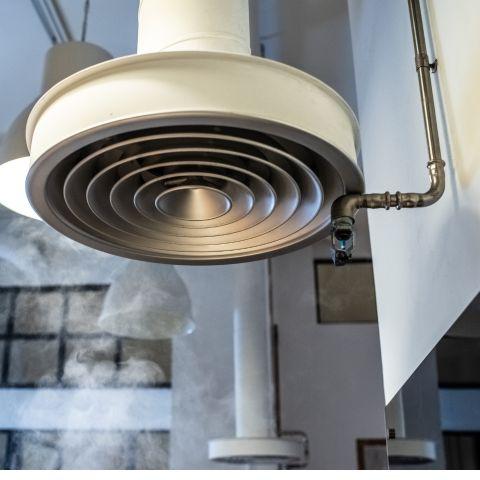Welding is an essential industrial process, but it comes with a significant health hazard - welding fumes. These fumes contain toxic substances that, if inhaled, can lead to serious health issues. To protect yourself and your workforce, investing in the right welding fume extractor is crucial. This guide will help you navigate the decision-making process to ensure you select the most suitable fume extractor for your workshop.
1. Understand Your Workshop's Needs
Before diving into the world of welding fume extractors, it's essential to assess your workshop's unique needs. Consider the following factors:
-
Workshop Size: The size of your workspace will dictate the capacity and type of extractor required. Larger workshops may need multiple extractors or a centralized system.
-
Types of Welding: Different welding processes produce varying levels and types of fumes. Identify the welding methods used in your workshop, such as MIG, TIG, or Stick welding, as this will impact your extractor choice.
-
Frequency of Welding: Determine how often welding tasks are performed in your workshop. High-frequency operations may require more robust extraction systems.
-
Location and Layout: Consider where welding stations are located within your workshop. This will help you plan the placement of your fume extractor units.
2. Types of Welding Fume Extractors
There are several types of welding fume extractors available, each suited to different scenarios:
-
Portable Extractors: These units are suitable for small workshops or mobile welding operations. They are easy to move and provide localized fume extraction.
-
Wall-Mounted Extractors: Ideal for fixed workstations, these units are mounted on the wall, saving floor space. They can accommodate various hose lengths to reach different welding stations.
-
Mobile Extractors: These units are equipped with wheels, making them easy to move around larger workshops or to different locations as needed.
-
Centralized Extraction Systems: Suitable for large workshops with multiple welding stations, centralized systems collect fumes through a network of ducts and capture them in a central filtration unit.
3. Filtration Methods
Welding fume extractors use different filtration methods to remove harmful particles from the air. Common filtration methods include:
-
Mechanical Filtration: This method uses filters (e.g., HEPA or MERV filters) to physically capture particulates from the air.
-
Electrostatic Precipitators: These systems charge particles and collect them on oppositely charged plates.
-
Wet Scrubbers: Wet scrubbers use water to capture and neutralize fumes and particles.
The choice of filtration method depends on the types of welding processes and materials used in your workshop. For instance, wet scrubbers may be more effective for capturing fumes from stainless steel welding.
4. Airflow and Capture Efficiency
Consider the airflow and capture efficiency of the extractor. This refers to the extractor's ability to effectively capture and remove welding fumes from the air. It's crucial to choose an extractor with the right airflow rate (measured in cubic feet per minute, CFM) to match the size and demands of your workshop. Additionally, look for extractors with high capture efficiency to ensure the removal of even the smallest particles.
5. Noise Levels
The noise generated by a welding fume extractor can affect the comfort and productivity of your workshop. Check the decibel (dB) rating of the extractor and choose one that operates at an acceptable noise level for your environment.
6. Maintenance Requirements
Regular maintenance is essential to keep your welding fume extractor operating efficiently. Consider the maintenance requirements of the unit, including filter replacement, cleaning, and any other upkeep tasks. Ease of maintenance can save you time and money in the long run.
7. Compliance with Regulations
Ensure that the welding fume extractor you choose complies with local and national regulations regarding workplace safety and air quality. Failure to comply can result in fines and health hazards for your workers.
8. Budget Considerations
Finally, consider your budget. Welding fume extractors come in a range of price points, so it's essential to balance your workshop's needs with your budget constraints. Keep in mind that investing in a quality extractor can lead to long-term cost savings through improved safety and productivity.
In conclusion, choosing the right welding fume extractor for your workshop is a critical decision that impacts the health and safety of your workforce. By understanding your workshop's needs, considering the types of welding processes used, evaluating filtration methods.
